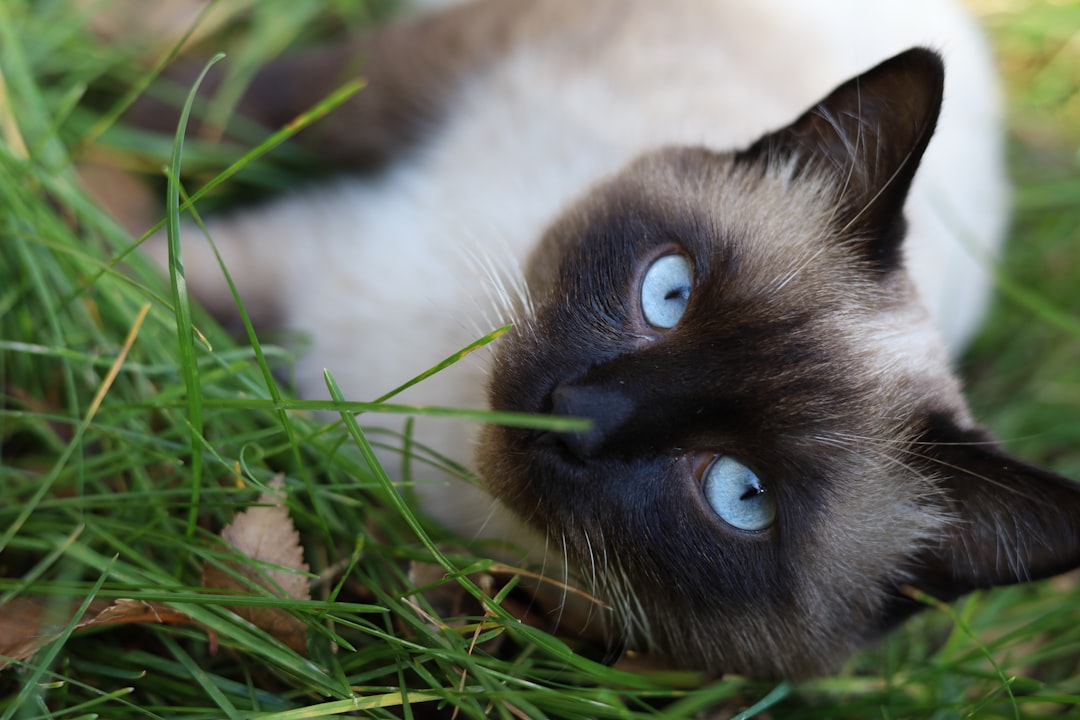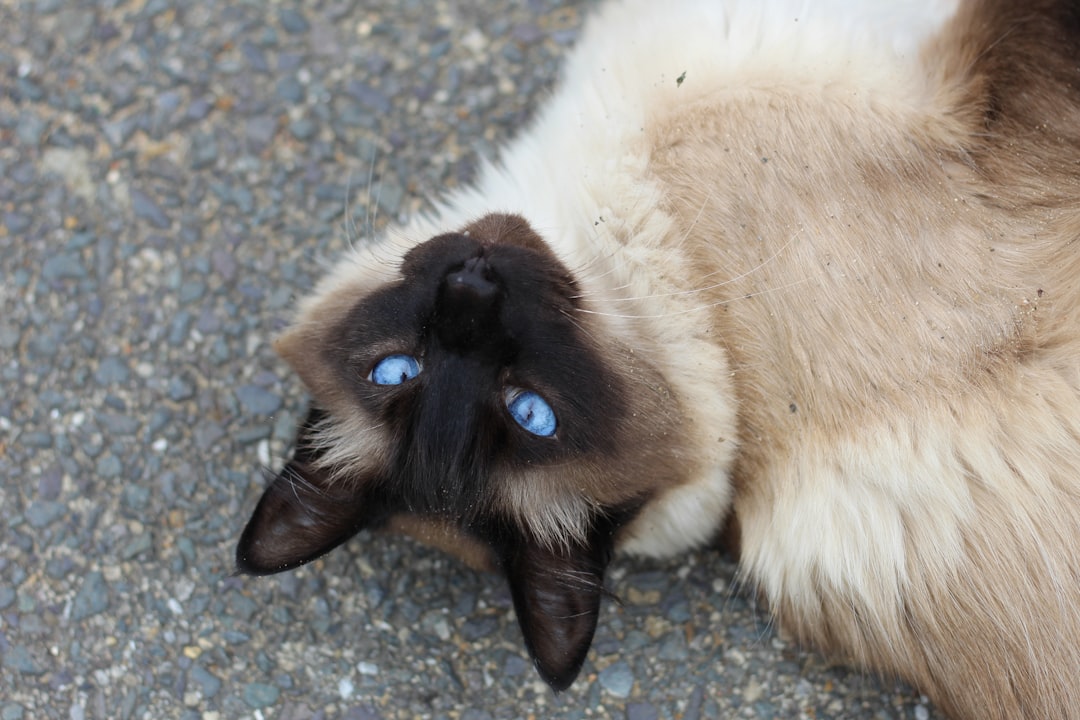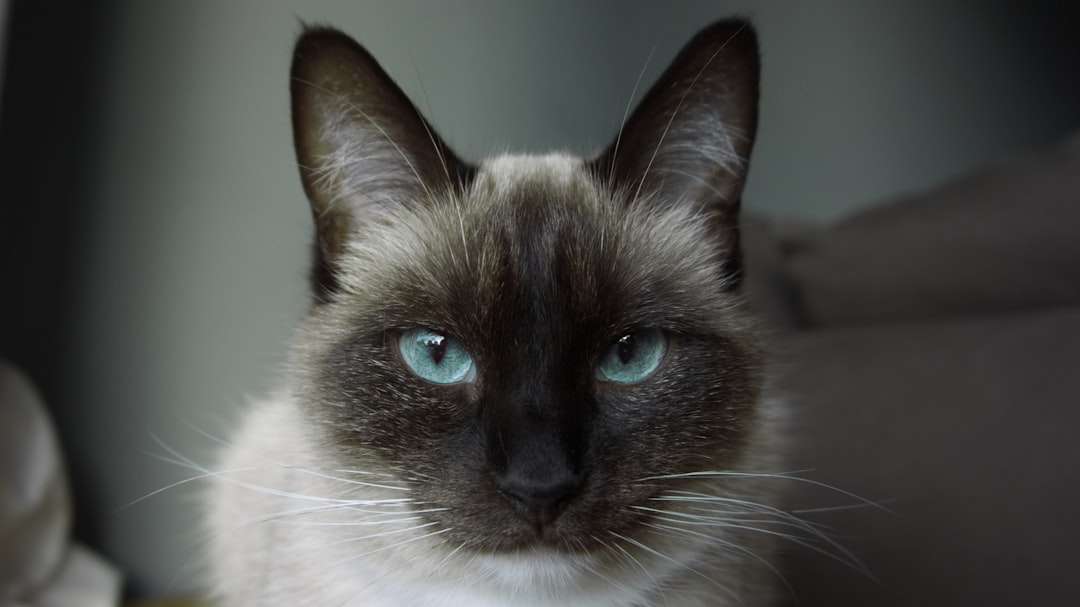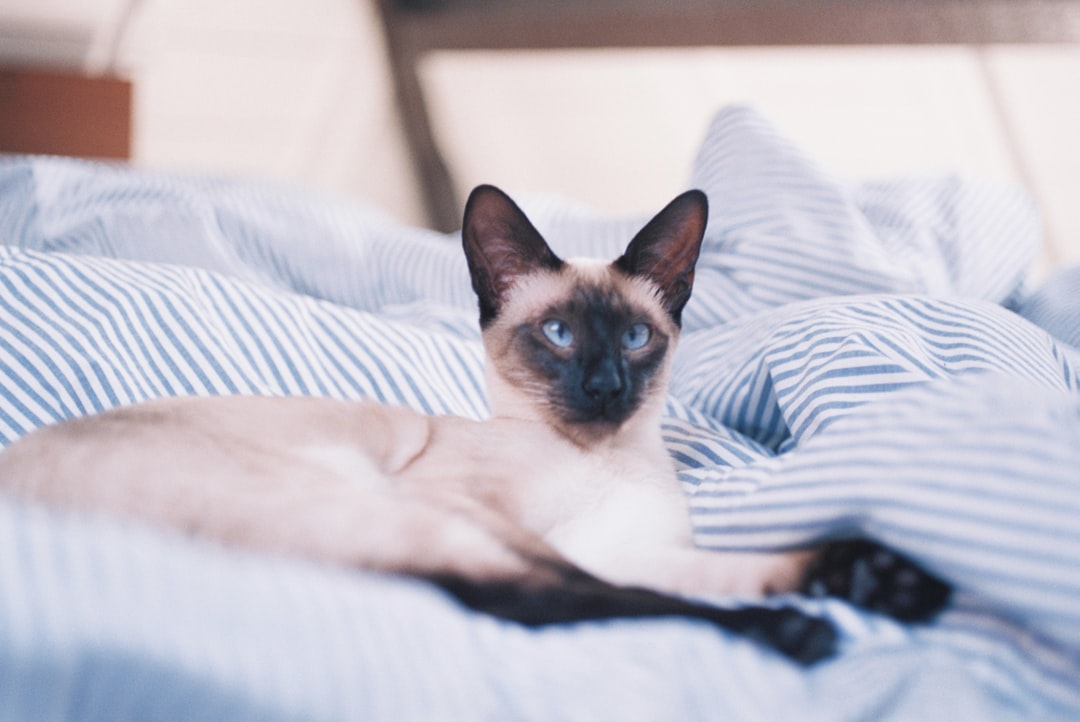Rodent ulcers in cats can be a concerning issue for pet owners, often causing worry and confusion. These painful lesions, also known as eosinophilic granulomas, typically appear on a cat’s upper lip or oral cavity. Understanding what a rodent ulcer cat experiences is crucial for timely intervention and effective management. In this guide, we will explore everything from symptoms and causes to treatment options and preventive measures, ensuring you are well-equipped to care for your furry friend and seek appropriate veterinary help when necessary.
Understanding Rodent Ulcers: What Are They?
Rodent ulcers, also known as eosinophilic granulomas, are inflammatory lesions that commonly affect cats. These ulcers usually appear on the lips or the chin, but they can also develop in other areas of the body. Here’s what you need to know:
- Appearance: The lesions often look like swollen bumps or raw, ulcerated patches.
- Size: They can vary in size, ranging from small spots to larger, more noticeable areas.
- Color: Typically, they exhibit a reddish or pink hue.
Causes and Characteristics:
- Rodent ulcers can result from:
- Allergic reactions
- Insect bites
- Certain food sensitivities
- Although they are not contagious, rodent ulcer cat cases often stem from an underlying issue that requires attention.
Key Takeaways:
- Rodent ulcers in cats are indicative of an inflammatory response that might require thorough evaluation.
- Prompt identification can facilitate early intervention, making it crucial for pet owners to recognize these signs.
Understanding rodent ulcers is the first step toward ensuring your cat receives the proper care and treatment it needs.

Common Symptoms of Rodent Ulcers in Cats
Recognizing the symptoms of a rodent ulcer in a cat is crucial for timely intervention. These ulcers often appear as lesions on the cat’s face—particularly around the lips or chin. Here are the most common symptoms to watch for:
- Swollen Areas: Noticeable bumps or swelling on the face.
- Red or Inflamed Skin: The skin around the ulcer may appear reddened and irritated.
- Open Sores: Lesions can become open sores over time, possibly discharging fluid.
- Loss of Hair: Look for patchy hair loss around the affected area.
- Discomfort or Pain: Cats may exhibit signs of discomfort, such as reluctance to eat or grooming their face.
- Behavioral Changes: Increased irritability or hiding can also be indicators.
Understanding these symptoms can help you monitor your cat’s condition early on. If you notice any signs resembling a rodent ulcer in your cat, consult with a veterinarian promptly. Early diagnosis and treatment are crucial in managing this condition effectively and ensuring your feline friend’s well-being.
Causes of Rodent Ulcers: Identifying Triggers
Understanding the underlying causes of a rodent ulcer cat condition is crucial for effective management and prevention. Various factors might contribute to the development of these painful ulcers, including:
- Allergens: Certain environmental triggers such as pollen, dust mites, or specific food ingredients can lead to allergic reactions manifesting as rodent ulcers.
- Stress: High-stress situations, like changes in the household or new pets, can weaken a cat’s immune system, encouraging ulcer formation.
- Infections: Bacterial and viral infections can exacerbate the condition, contributing to skin lesions.
- Genetic Factors: Certain cat breeds may be more prone to developing rodent ulcers due to hereditary factors.
- Underlying Health Issues: Conditions such as feline immunodeficiency virus (FIV) and feline leukemia virus (FeLV) can increase susceptibility.
By recognizing these triggers, you can take proactive steps to minimize your cat’s risk of developing a rodent ulcer cat condition. Regular veterinary check-ups and monitoring your pet’s behavior will also help identify any changes early, ensuring better management of their health.
Diagnosis: How Veterinarians Determine the Condition
Diagnosing a rodent ulcer cat requires a thorough evaluation by a veterinarian. Here’s how they typically approach the diagnosis:
Physical Examination: The veterinarian conducts a comprehensive physical examination, focusing on the mouth and face, where rodent ulcers commonly appear. They look for swollen areas or lesions.
Medical History: Providing a detailed medical history helps veterinarians understand your cat’s symptoms, lifestyle, and any potential exposure to allergens or irritants.
Diagnostic Tests:
- Biopsy: In some cases, a biopsy may be necessary to analyze tissue and confirm that the ulcer is indeed a rodent ulcer and not another condition.
- Blood Work: Blood tests can help rule out underlying health issues that might contribute to ulcer development.
Differential Diagnosis: Veterinarians might compare symptoms with other conditions, such as gingivitis or dental disease, to ensure accurate diagnosis.
By combining these methods, veterinarians can effectively diagnose a rodent ulcer cat and devise a suitable treatment plan. Early diagnosis is crucial for recovery, so don’t hesitate to consult your vet if you suspect your cat may have this condition.

Treatment Options for Rodent Ulcers
Treating a rodent ulcer cat requires a multifaceted approach, tailored to the individual needs of your feline friend. Here are the common treatment options available:
Medications:
- Corticosteroids: Reduce inflammation and help with pain relief.
- Antibiotics: Combat any secondary bacterial infections.
Surgical Intervention:
- In some cases, surgical removal of the affected tissue may be necessary, particularly if the ulcer is severe or persistent.
Topical Treatments:
- Special ointments can promote healing and provide comfort.
Dietary Changes:
- Switching to a hypoallergenic or grain-free diet may reduce flare-ups associated with food allergens.
| Treatment Type | Description | Cost Estimate |
|---|---|---|
| Medications | Corticosteroids and antibiotics | $30 – $120 |
| Surgical Intervention | Removal of ulcerated tissue | $200 – $600 |
| Topical Treatments | Healing ointments | $15 – $50 |
| Dietary Changes | Hypoallergenic or grain-free options | $20 – $70/month |
It’s crucial to consult your veterinarian to determine which treatment plan works best for your rodent ulcer cat, ensuring a comprehensive approach to healing and management.
Home Care Tips for Cats with Rodent Ulcers
Caring for a cat with a rodent ulcer requires attention and diligence. Implement these home care tips to ensure your furry friend is comfortable and on the path to recovery:
Maintain a Clean Environment: Regularly clean and disinfect your cat’s living area to reduce the risk of infection.
Monitor Diet: Provide a high-quality, balanced diet to boost your cat’s immune system. Consider soft food options to prevent irritation on a sore mouth.
Keep Stress Levels Low: Create a calm environment. Stress can exacerbate rodent ulcers in cats.
Regularly Check Wounds: Keep an eye on the ulcer’s progression. Look for signs of infection such as increased redness or swelling.
Medication Management: Administer any prescribed medications as directed. Consult your veterinarian if you observe adverse effects.
Provide Comfort: Soft bedding and quiet spaces help promote healing.
By implementing these home care strategies, you can significantly improve the comfort of your cat while managing rodent ulcers. Remember, close monitoring is crucial to detect any changes in your rodent ulcer cat’s condition.
Preventive Measures to Reduce the Risk
Preventing rodent ulcers in cats requires proactive measures and a keen eye for your feline’s health. Here are some effective strategies to consider:
- Regular Vet Check-ups: Schedule routine veterinary visits to monitor your cat’s health. Early detection can prevent complications associated with rodent ulcers in cats.
- Nutrition Matters: Provide a balanced diet rich in vitamins and minerals. Consider food specifically formulated to boost your cat’s immune system.
- Stress Reduction: Minimize stressors in your cat’s environment. Offer safe spaces, playtime, and companionship to help manage anxiety and reduce the likelihood of stress-induced ulcers.
- Hygiene is Key: Keep your cat’s living area clean and free from irritants. Regular grooming can also help minimize the risk of skin irritation.
- Avoid Allergens: Identify and eliminate potential allergens in your cat’s environment, which may trigger ulcer development.
By adopting these preventive measures, you can significantly reduce the risk of rodent ulcer cat development, ensuring your beloved pet stays healthy and happy.

When to Seek Veterinary Help for Your Cat
If you suspect your cat has a rodent ulcer cat condition, timely intervention is crucial. Here are key signs that warrant a visit to the veterinarian:
- Persistent Symptoms: If your cat continues to display symptoms like lesions, swelling, or discomfort after a couple of days.
- Worsening Condition: Any increase in size or number of ulcers indicates a need for professional evaluation.
- Behavioral Changes: If your cat becomes withdrawn, refuses to eat, or shows unusual aggression, it’s time to consult a vet.
- Signs of Pain: Watch for excessive grooming, vocalization, or attempts to scratch at the affected area as these may signal discomfort.
Quick Comparison Table
| Sign | When to Act |
|---|---|
| Persistent Symptoms | After 2 days |
| Worsening Condition | Immediate attention |
| Behavioral Changes | If noticeable |
| Signs of Pain | At first observation |
Seeking veterinary help timely can ensure proper diagnosis and effective treatment for your rodent ulcer cat. Remember, early intervention greatly improves recovery outcomes!
Frequently Asked Questions
What are rodent ulcers in cats, and what causes them?
Rodent ulcers, also known as eosinophilic granulomas, are a type of inflammatory skin condition that commonly affects cats. They appear as raised, ulcerated lesions, often found on the upper lip. The exact cause of rodent ulcers is not fully understood, but they are associated with an allergic response, which can be triggered by various factors such as food allergies, environmental allergens, or parasitic infections. Stress and underlying health issues may also contribute to their development.
How can I recognize if my cat has rodent ulcers?
Recognizing rodent ulcers in your cat typically involves observing changes in their skin and behavior. Look for raised, reddish sores along the upper lip or inside the mouth, which may ooze or appear crusty. Additionally, your cat may display discomfort when eating or grooming. Other signs include excessive grooming of the affected area, weight loss due to pain while eating, or increased vocalization indicating distress. If you notice these symptoms, it is advisable to consult your veterinarian for a proper diagnosis.
What treatment options are available for rodent ulcers in cats?
Treatment for rodent ulcers can vary based on the underlying cause identified by your veterinarian. Common approaches include corticosteroids to reduce inflammation and itching, antibiotics if a secondary bacterial infection is present, and dietary changes to address potential food allergies. Your vet may also recommend antihistamines or immunosuppressive medications for severe cases. Additionally, it’s important to minimize stress and eliminate potential allergens in your cat’s environment. Follow your veterinarian’s recommendations closely for the best outcome.
Can rodent ulcers in cats be prevented?
While not all cases of rodent ulcers can be prevented, there are measures you can take to reduce the risk. Keeping your cat’s environment stress-free and ensuring a balanced diet can significantly contribute to their overall health. Regular veterinary check-ups can help detect and manage allergies or skin conditions early. Additionally, minimizing exposure to known allergens, such as certain foods or environmental triggers like pollen and dust, can help prevent the onset of rodent ulcers. Engaging your cat in stimulating activities may also reduce stress levels.



